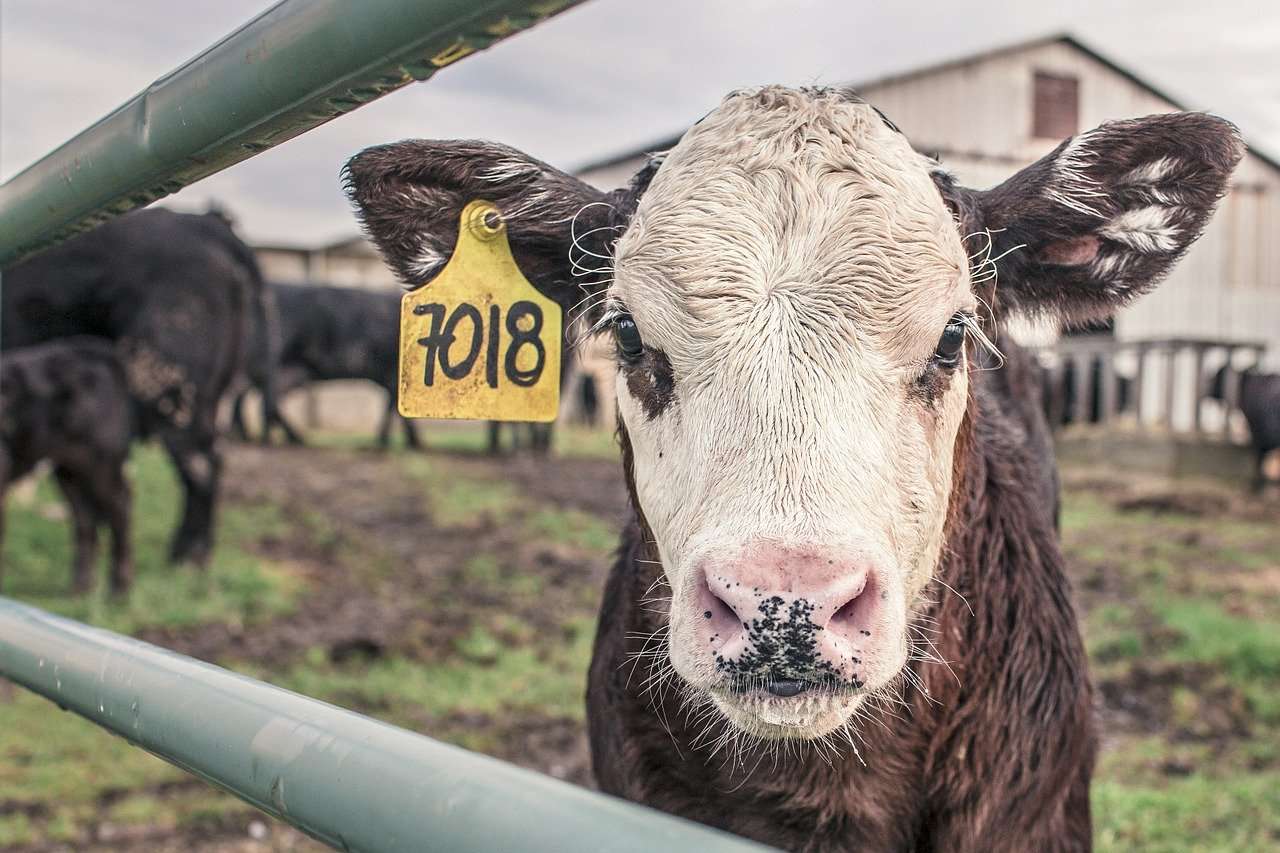
By PAUL JOHNSON
Kansas Rural Center
Federal farm bills direct Kansas agriculture. The larger farms in Kansas and their bankers farm the farm bill to reap a significant share of more than $1 billion annually in federal payments to the state.
The farm bill has fundamental flaws. Its payments go disproportionately to larger farms, ensuring greater consolidation of farms and driving down rural population and economies. It subsidizes a select number of crops at the expense of a healthier diet and greater diversification of farmer opportunities. Federal officials have abandoned any enforcement of antitrust and fair competition laws, leading to vertical, corporate consolidation of our food system at the expense of farmers and consumers.
Federal farm payments have been judged “public record payments” to individual farms and state totals. To get a sense of consolidation, all you have to do is look at some of the numbers.
From 1995 to 2020, Kansas received $24.7 billion in farm payments: $13.3 billion in commodity payments, $6.3 billion in crop insurance subsidies, $2.01 billion in disaster payments, $3.04 billion in conservation payments.
Of the $13.3 billion in commodity payments, 88% went to just 20% of the recipients. That left only 12% for the bottom 80% of recipients.
As of the 2017 USDA Agriculture Census, Kansas had 58,569 farms — down from 65,531 in 2007.
As if to reinforce U.S. Agriculture Secretary Sonny Perdue’s stated belief that “the big get bigger and the small go out,” land ownership continues to consolidate as neighbors hustle to buy any available land and beginning farmers struggle to find financing if they don’t have significant capital backing. Around 40% of Kansas farmland is now farmed by tenant farmers; much of this land is owned by an aging generation, and more speculators and insurance and investment firms are looking at buying land. Given the instability and uncertainty of farm income from a few commodities, speculators can buy land with special tax breaks and gamble on turning the land over in the near future.
If land ownership goes the same way as animal agriculture, Kansas will be home to mostly mega-farms.
In our free market capitalist economy, the farm bill selectively subsidizes just five crops: wheat, corn, soybeans, cotton and rice. (In Kansas, sorghum is another subsidized animal feed grain). Nationwide, 63% of farm subsidies go to grains that feed livestock, 20% to grains that feed people and 15% to sugar, starch and oils. Fruits and vegetables account for less than 1%.
That contradicts the government’s own recommendation: The USDA Food Plate promotes five servings daily of fruits and vegetables — 50% of the plate.
Kansas, meanwhile, has an adult obesity rate of 34% that costs hundreds of millions annually in extra health care costs.
These taxpayer-funded feed grain farm subsidies also fuel the expansion of large confined animal feeding operations (CAFOs) instead of diversified pasture-based farms that improve soil health.
Kansas has a total of 953 hog farms, but 110 of them control 2 million of the state’s 2.1 million hogs. There are 160,000 dairy cows and 639 dairies in the state, but 75 of them control 145,000 of the cows.
Vertical corporate control by a very few corporations has also captured the poultry and now the swine market.
Kansas is primarily cattle country, accounting for $10.9 billion of the state $18.7 billion in total farm sales (while grains total $6 billion in sales). In Kansas, four beef corporations control 85% of all beef processing. Between 70-80% of all cattle sales involve animals that are already owned by meat packing companies, or were raised specifically to be sold to a particular meatpacker, thus destroying the remnants of any free market.
Kansans who don’t know much about the farm economy but who want to support a healthier farm bill could encourage our congressional representatives to make these changes to the 2020 farm bill:
- Cap and phase out the commodity and crop insurance public subsidies to the largest farms over the next five years.
- Fully fund conservation programs that take land out of production to bolster commodity prices, encourage stewardship practices, and help producers address environmental concerns – and make them available to many more farms. Farmers should count on this conservation income to allow much greater diversification, while the public will benefit from less soil ending up in Kansas reservoirs.
As farmers continue to age, we need a coordinated federal and state plan to increase opportunities for younger, beginning farmers through loans and grants. While Kansas imports 95% of the produce consumed in the state, there is no Kansas food and farm plan to capture millions of exported food dollars locally to bolster rural communities.
Lawmakers in Topeka should also have a serious conversation about how well more than $1 billion in farm payments and $300 million in food stamps (Supplemental Nutrition Assistance Program) succeed in reducing hunger in Kansas.
Kansans deserve a substantive debate and a new plan to tackle farm consolidation and corporate food system control — one that points the way to a brighter local food and farm vision for the state and its future generations.
Paul Johnson has been an organic market gardener in northeast Kansas for 30 years. He is a policy analyst and advocate for the Kansas Rural Center.
Republished courtesy the Kansas Reflector






